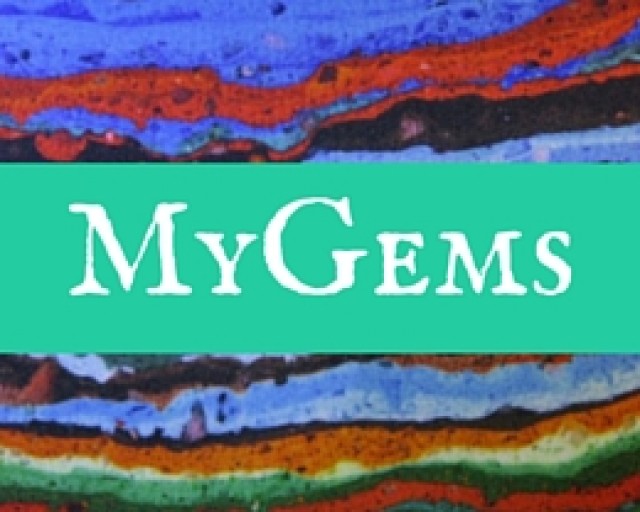1358Grams Carbonaceous Chondrite Meteorite found in NWA Morocco -
- 存貨單位
- BE 1113
- 尺寸(毫米)
- 139.700 x 101.600 x 76.200mm
- 重量 (cts)
- 1.000
- Treatment
- No Treatment
- 顏色
-
Rare Carbonaceous Chondrite Meteorite found in the Sahara Desert, Morocco
Carbonaceous chondrites or C chondrites are a class of chondritic meteorites comprising at least 8 known groups and many ungrouped meteorites. They include some of the most primitive known meteorites. The C chondrites represent only a small proportion (4.6%) of meteorite falls.
What is the first solid matter condensed in our solar system? In other words, what is the oldest rock in our solar system?
Some info:
To discover this, the meteorites help us! Specifically, the CAIs (Ca–Al-rich inclusions) present in the Carbonaceous Chondrites. Here I show you a collage with the detail of some of these CAIs in a CV3.
The oldest age was measured in an inclusion of the CV3 carbonaceous chondrite Northwest Africa (NWA) 2364 and was dated at 4568.22 ± 0.17 Mya.
CAIs consist of minerals that are among the first solids condensed from the cooling protoplanetary disk.
The most common and characteristic minerals in CAIs include anorthite, melilite, perovskite, aluminous spinel, hibonite, calcic pyroxene, and forsterite-rich olivine
Even though chondrites are the most common type of meteorite, they are still rarer than diamonds.
Chondrites originated in the asteroid belt and are thought to be the oldest objects in the Solar System, dated around 4.65 billion years ago.
Found in the Western Sahara Desert, Morocco, we believe that this Chrondite Meteorite is most likely to be classified as a L3, based on most of the material found in the area.
Type L chondrites contain about 4–10% iron–nickel. Found as a free metal, these meteorites are magnetic.
Meteorite Source
South East of Dakhla; located in the Western Sahara Desert, Morocco. Latitude and longitude coordinates for Dakhla are: 30°24'38.56"N, 9°33'20.59"W.
Meteorites were found in this area between Imlili, Aousserd and Tichla.
We visited Morocco in 2007 and visited areas where meteorites were found, but they were extremely difficult to find. In several hours we only found one small meteorite. Two images enclosed when we went fossicking for meteorites.
Please copy and paste link to view our trip and recommend you add to your bucket list fossil tours!
https://www.gemrockauctions.com/learn/did-you-know/fossil-safari-dinosaurs-and-fossil-hunting-in-morocco
- 存貨單位
- BE 1113
- 尺寸(毫米)
- 139.700 x 101.600 x 76.200 mm
- 重量 (cts)
- 1.000
- Treatment
- No Treatment
- 顏色
-
Rare Carbonaceous Chondrite Meteorite found in the Sahara Desert, Morocco
Carbonaceous chondrites or C chondrites are a class of chondritic meteorites comprising at least 8 known groups and many ungrouped meteorites. They include some of the most primitive known meteorites. The C chondrites represent only a small proportion (4.6%) of meteorite falls.
What is the first solid matter condensed in our solar system? In other words, what is the oldest rock in our solar system?
Some info:
To discover this, the meteorites help us! Specifically, the CAIs (Ca–Al-rich inclusions) present in the Carbonaceous Chondrites. Here I show you a collage with the detail of some of these CAIs in a CV3.
The oldest age was measured in an inclusion of the CV3 carbonaceous chondrite Northwest Africa (NWA) 2364 and was dated at 4568.22 ± 0.17 Mya.
CAIs consist of minerals that are among the first solids condensed from the cooling protoplanetary disk.
The most common and characteristic minerals in CAIs include anorthite, melilite, perovskite, aluminous spinel, hibonite, calcic pyroxene, and forsterite-rich olivine
Even though chondrites are the most common type of meteorite, they are still rarer than diamonds.
Chondrites originated in the asteroid belt and are thought to be the oldest objects in the Solar System, dated around 4.65 billion years ago.
Found in the Western Sahara Desert, Morocco, we believe that this Chrondite Meteorite is most likely to be classified as a L3, based on most of the material found in the area.
Type L chondrites contain about 4–10% iron–nickel. Found as a free metal, these meteorites are magnetic.
Meteorite Source
South East of Dakhla; located in the Western Sahara Desert, Morocco. Latitude and longitude coordinates for Dakhla are: 30°24'38.56"N, 9°33'20.59"W.
Meteorites were found in this area between Imlili, Aousserd and Tichla.
We visited Morocco in 2007 and visited areas where meteorites were found, but they were extremely difficult to find. In several hours we only found one small meteorite. Two images enclosed when we went fossicking for meteorites.
Please copy and paste link to view our trip and recommend you add to your bucket list fossil tours!
https://www.gemrockauctions.com/learn/did-you-know/fossil-safari-dinosaurs-and-fossil-hunting-in-morocco
| 運輸商 | 運送至:國家 | 運送到世界其他地區 |
|---|---|---|
| FedEx | $12.00 / :幾天天 | $39.00 / :幾天天 |
|
:國家
FedEx訂單折扣為$12.00 2或更多商品
世界其他地區
FedEx訂單折扣為$39.00 2或更多商品
|
||
| Registered Shipping | $9.00 / :幾天天 | $16.00 / :幾天天 |
|
:國家
Registered Shipping訂單折扣為$9.00 2或更多商品
世界其他地區
Registered Shipping訂單折扣為$16.00 2或更多商品
|
||

-
 積極的
積極的Quick shipping with FedEx to the US. The artifact is exactly as described. So cool to own a bit of history like this!
-
 積極的
積極的Quick shipping with FedEx to the US. The stone has the polarization expected with real Iceland spar. I'm very happy with this purchase!
-
 積極的
積極的Quick shipping with FedEx to the US. It was well packaged. The one I received did have a small crack and chip in the lip, but stuff like that is expected with a natural material like this. I'm happy with my purchase.
-
 積極的
積極的Paid and shipped - no feedback left after 100 days

















